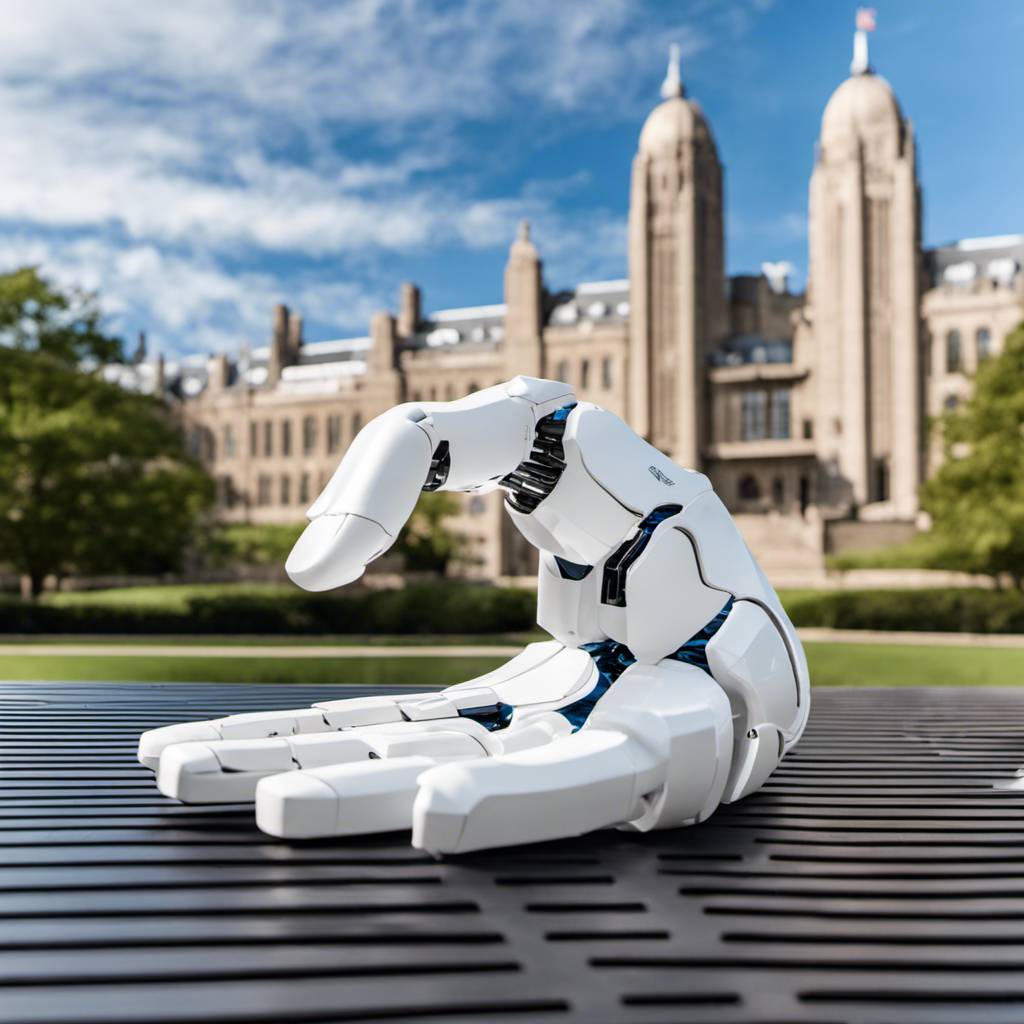In the realm of electronics and computers, the human hand’s intricacy and precision have long been a challenging aspect to replicate in robotic technology. The complexity of movements and the delicate balance of pressure required for tasks such as unscrewing a bottle cap or writing your name is something we often take for granted. Kenny Shaw, a robotics engineer at Carnegie Mellon University, has dedicated his research to understanding how hands function and how to emulate them in machines.
Shaw highlights the complexity of a seemingly simple action like unscrewing a bottle cap. A humanoid robot’s hand must perform around 30 actions per second across 20 different joints, all correctly executed, to accomplish this task. This level of sophisticated engineering often comes with a hefty price tag, with some robotic hands costing upwards of $100,000. While this may be a feasible investment for corporations like Amazon, it is prohibitively expensive for amputees seeking affordable prosthetic limbs.
To address this issue, Shaw and his team at Carnegie Mellon University have developed a low-cost robotic hand that can be assembled at home using a 3D printer and a screwdriver. This innovative creation, known as the Low-Cost, Efficient, and Anthropomorphic (LEAP) Hand, is not only affordable but also rivals the performance of its high-priced counterparts.
The LEAP Hand, priced around $2,000, is composed of readily available parts and has demonstrated impressive capabilities in tests. It can grasp objects such as coffee mugs, baseballs, soup cans, drills, and pans and perform fine motor tasks like opening drawers and stacking cups. Its design offers more flexibility than a human hand, allowing independent movement and rotation of each finger and thumb.
The team utilized machine learning to train the LEAP Hand to mimic human movements through teleoperation. Drawing inspiration from large language models like OpenAI’s ChatGPT, which was trained on vast amounts of text from the internet, the LEAP Hand was trained using thousands of YouTube videos demonstrating human hand movements. This training allows the robotic hand to perform a variety of tasks without requiring direct human demonstrations.
The potential applications of this technology are vast. From handling objects in hazardous environments like fires or toxic areas to potentially assisting in remote surgeries, the LEAP Hand is a game-changer. Furthermore, the information on how to build and train the hand is open-source and accessible online, allowing anyone interested in robotics to build it themselves. This accessibility also enables other researchers to improve upon the design or use it for their own studies.
Despite the advancements in programming languages and coding, the field of robotic hands remains relatively small. However, Shaw believes that the ability to perform dexterous tasks will be crucial for humanoid robots in the future. He criticizes Elon Musk’s humanoid robot from Tesla for falling short in this area.
The development of the LEAP Hand represents a significant stride in making advanced robotics more accessible and affordable. By providing a low-cost and efficient machine, Shaw and his team are placing this groundbreaking technology into the hands of those who need it most. The future of robotics looks promising, with the potential for further advancements in emulating the complexity and precision of the human hand.
